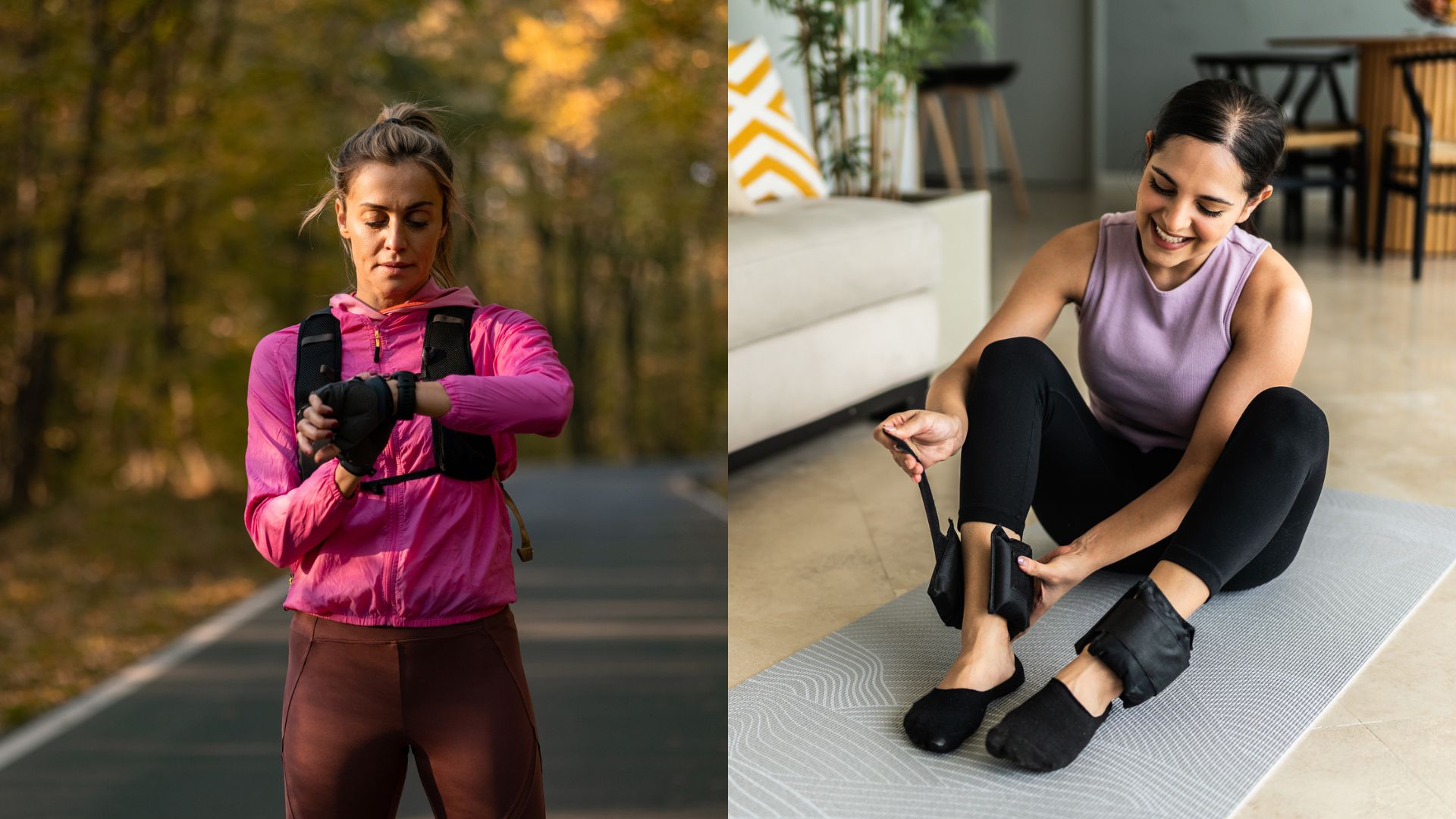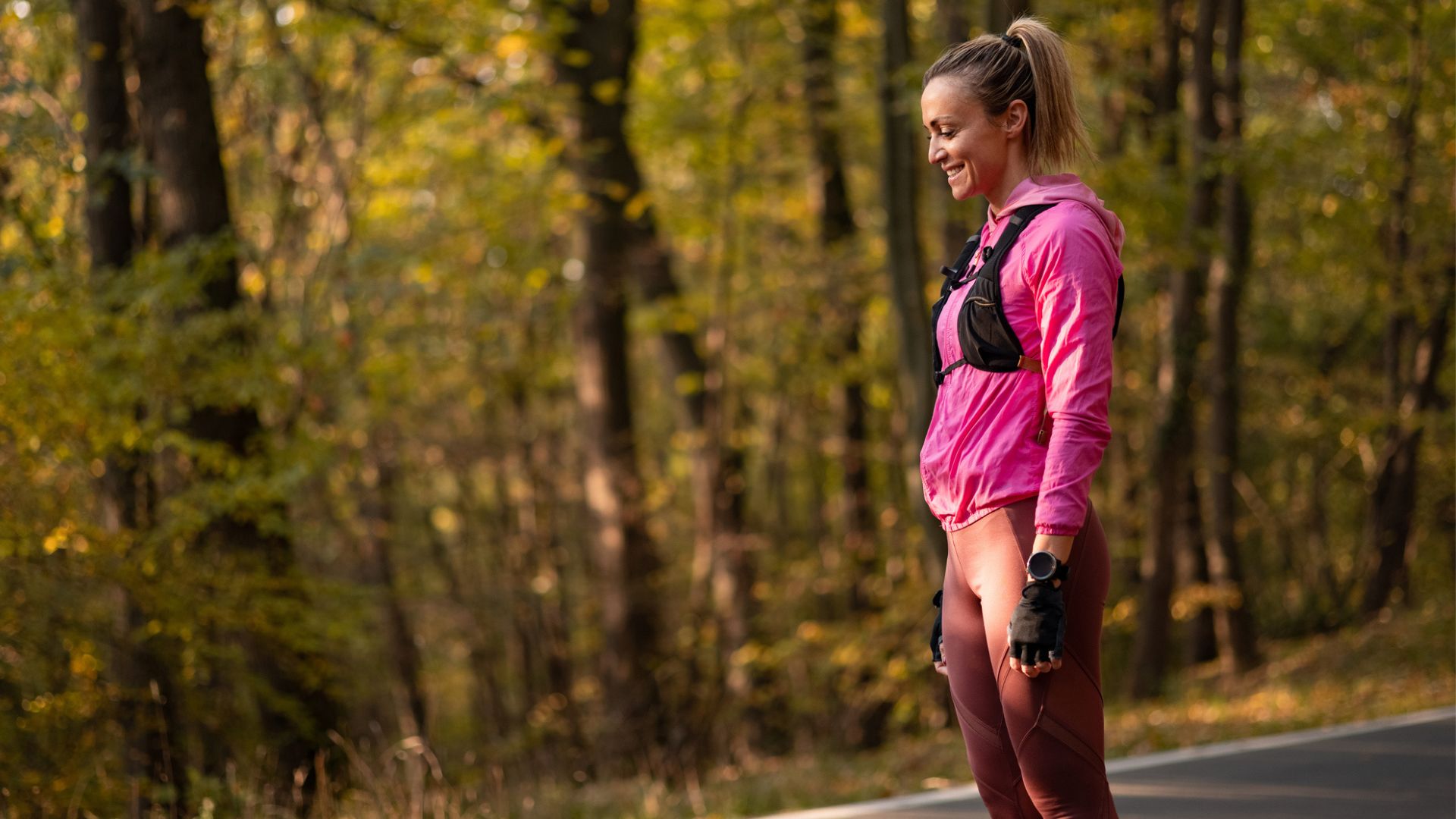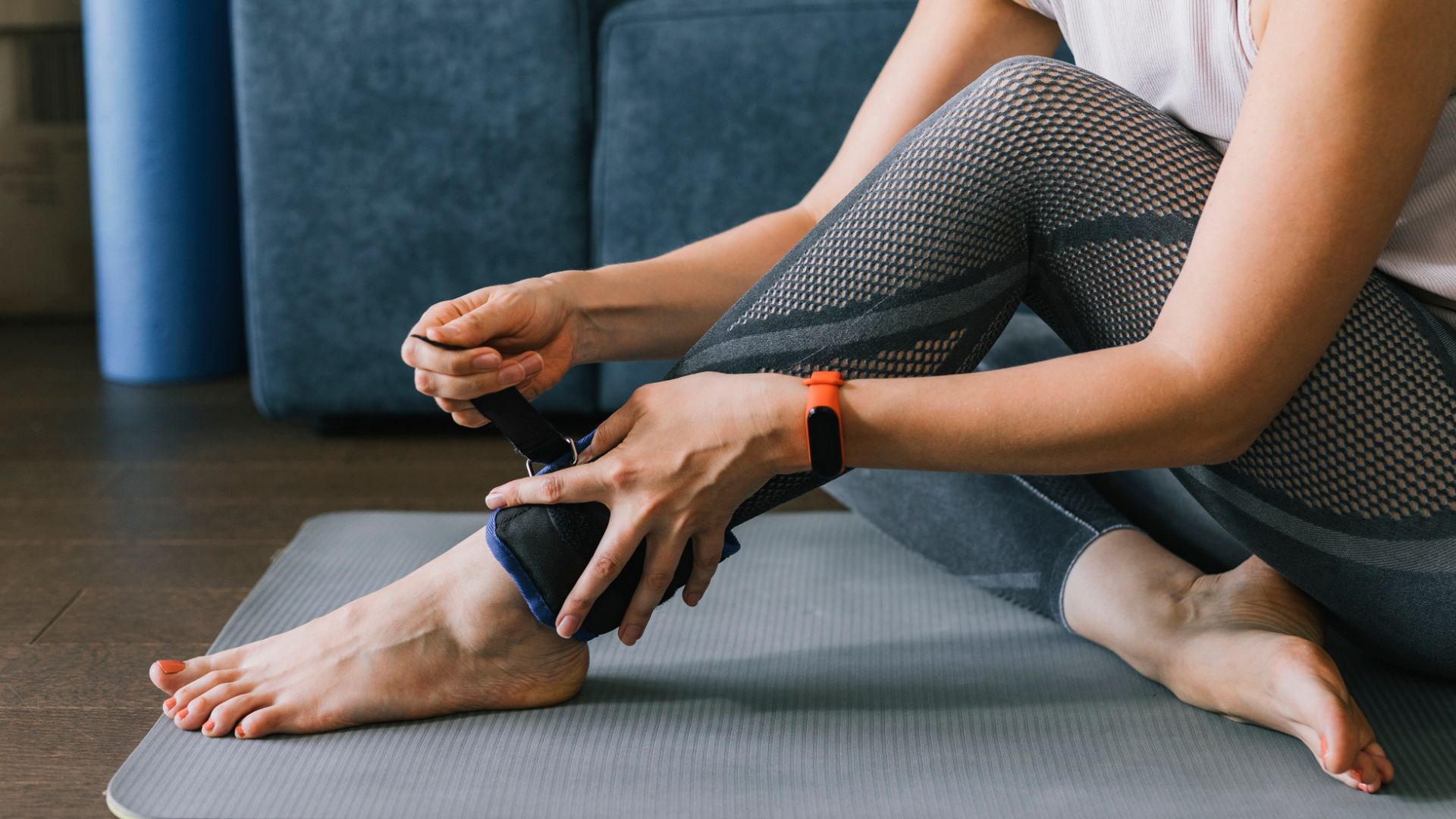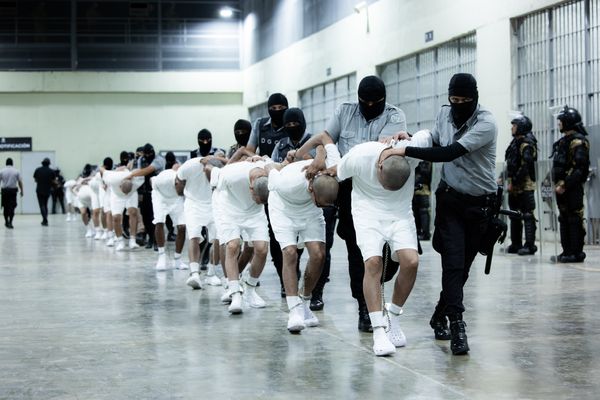
Strength training has become a big part of my life over the last couple of years, and a weighted vest and a pair of ankle weights have become my go-to on days when I can't get to the gym. But which one is better?
Of course, getting to the gym for strength training is ideal. My local one has more weights than I do at home to increase the load when I need to and I try to get there whenever possible - but life often gets in the way. These simple weights clip on easily so I can work out as I get on with my day.
As Annabelle Smith, personal trainer and wellness coach, says: "Adding on additional weight is a great way to intensify your activity, without adding any more time or making it feel much harder."
Weighted vests for walking and ankle weights have become increasingly popular over the last year as more women have discovered the pros (and cons) of both. Here, we look at both in detail and speak to experts in women’s fitness to find out if one type is better for keeping strong and healthy with age.
A weighted vest is worn over your clothes and wraps around your back and chest with a clasp at the front. There’s a huge range on the market but most vests contain small weights or sandbags, ranging from 5kg to 30kg, to help your muscles work harder when working out. I use mine when I'm getting in my 10,000 steps and when I'm strength training at home for extra resistance.
Wrist and ankle weights are bands containing light weights that you can strap around your wrists or ankles to add extra resistance to your workouts. As a smaller area of your body carries the weight, they are lighter (0.5kg to 1.5kg) than weighted vests. But much like weighted vests, you can use them while you walk, in yoga, or in Pilates workouts.
Benefits of weighted vests vs ankle weights
For strength
A weighted vest can offer a full-body workout if you wear one during a dedicated strength training session, says Emma Simarro, a personal trainer and the founder of Building Body Confidence. "It works many muscles, including the lower body, core, back and shoulders, and provides a great full-body workout. The harder you work, (e.g. the more squats and lunges you do), the harder the muscles will have to work to keep up with the extra resistance."
To get stronger, you have to push the muscles beyond their natural capabilities - a process known as progressive overload. A weighted vest can help you do this.
While ankle and wrist weights can help if you are very new to strength training, you'll be limited to certain exercises. There's no point doing a squat wearing ankle weights as you won't get any of the resistance. Also, the weight won't push you once you've been training for a few weeks as these straps tend to be very light.
Ankle weights are also better for isolating and strengthening particular muscles, rather than a full-body workout. “For example, a wrist weight may be a good option for someone performing bicep curls (an isolated exercise)," she says.
However, either option can be a good choice for anyone with wrist problems or injuries, with approval from a physician. “I have used weighted vests with clients who have had an upper-body injury - such as a fractured wrist - but have been keen to continue their training whilst recovering. Weighted vests are a great alternative to dumbbells or kettlebells as there's no need to worry about grip strength," says Simarro, and ankle weights work similarly.
Winner: Weighted vest
For maintaining bone density and muscle
I have joint hypermobility syndrome so staying strong and fit is a big priority to protect my body from arthritis or osteoporosis. I'm also aware of the role menopause plays in this risk. Women are at risk of osteoporosis when they reach perimenopause and menopause as we no longer have the protective effects of oestrogen, which is why it’s important to maintain bone density with one of the many types of strength training.
Personal trainer Anya Russell says wearing a weighted vest while doing squats, lunges, or walking helps with this. "The increased load also stimulates bone growth”, she says. They also offer more load as vests are heavier than ankle weights.
But, as Simarro points out there's not a huge benefit of one over the other, provided that the weight isn't too easy. "We know that women in midlife need to be lifting weights to maintain and build muscle mass and protect their bone density. Without it, we are losing both and these have huge health implications as we age, including conditions such as sarcopenia (low muscle loss) and osteoporosis (brittle bones). Therefore, anything that adds extra resistance will help protect against these conditions that impact as many as 1 in 4 women over 65.”
Winner: Either option - but go for a weighted vest if you've been working out for a few months at least

For losing weight
Wearing a weighted vest - whatever its weight - will undoubtedly make your cardiovascular system and muscles work harder. In turn, this means you’re more likely to be burning more calories.
If weight loss is your goal, a vest will be more effective than ankle or wrist weights because it’s heavier.
However, the most effective tool here will be the one that encourages you to move the most. If your weighted vest is too challenging, chances are, you'll avoid wearing it and won't get out for that all-important movement that helps a calorie deficit. In that case, ankle weights are the better choice.
Weighted vests are heavier than ankle and wrist weights because the weight can be spread over a larger area of your body. This means your body might tire and ache faster than if you wear the lighter bands on your limbs. When I wore my weighted vest for walking, I found its snugness across my chest quite claustrophobic and it made my shoulders ache, limiting how much I could do. I experience discomfort when wearing the bangles - apart from muscle fatigue from the exercises.
Winner: Weighted vest
For cardio exercise
PT Russell says the “extra effort required when wearing the vest while walking or hiking is great for cardio training” because the muscles, heart, and lungs work harder. Even just wearing the vest for a few minutes a day and building up, as I did, might help improve stamina and fitness.
A weighted vest distributes the load evenly across your upper body and fits snugly. You can adjust it, and many come with small pockets for storing gels or other essential items. “Weighted vests provide more overall resistance, engaging core muscles, and supporting full-body strength development, especially in the chest, back, and legs,” says Russell.
They are not recommended for high-intensity classes like running or HIIT as the weights in the vest will move around too much, which may lead to strain injuries. However, unless you're doing a HIIT workout or running without a weighted vest experience, it's going to be a better idea to wear a weighted vest vs ankle weights in the long term.
“Wearing ankle weights for a walk, for example, can lead to muscular imbalances as they challenge some muscles (our quads) more than others (our hamstrings)," says Simarro.
Winner: Weighted vest
For yoga and Pilates
While I love running and many women continue to run well into later life, many of us choose to opt for lower-impact exercises like yoga mat workouts or full-body Pilates workouts routines due to the risk of injury, joint discomfort, and changing hormone levels. This is where ankle weights come up trumps.
"These are best for low-impact workouts or those new to strength training," says fitness trainer Rachael Sacerdoti. "Leg lifts, squats, lunges, and kickbacks can be done with ankle weights to boost the intensity and calorie burn."
Winner: Ankle weights

Drawbacks of weighted vests vs ankle weights
- Ankle and wrist weights work smaller muscle groups: "Wrist and ankle weights are great for working the muscles in the limb they’re attached to but are not the right product for a full-body workout," says Simarro.
- Wrist weights can cause joint strain: "Wrist weights can strain the joints, leading to injuries if used during an activity such as walking or aerobics, where the movement patterns are less controlled," she says.
- Vests are not advised for higher-intensity workouts: If you're a newcomer to running, avoid wearing a weighted vest. "The weights will move around too much (especially on some heavier vests), so you're more prone to injury. They will make you sweat a lot too. In general, weighted vests are better suited to those who enjoy walking vs running.”
- Think twice about weighted vests if you have back problems: “Before adding a weighted vest, it is important to wear it properly, engaging your core and standing with good posture. If you have any lower back issues, get advice from your doctor or healthcare practitioner as a weighted vest would put more pressure on your spine."
The w&h verdict
Our experts agreed that weighted vests and wrist and ankle weights can add extra spice to your exercise regime. However, they work very different muscles and should be used differently. The consensus was that weighted vests are better for maintaining bone density, improving strength and muscle mass, and maintaining joint health - all very important for women over 45.
Wearing one - even just for a short walk - can help improve fitness and strength. Various weight options are also available, so there’s a vest to suit everyone regardless of fitness level. When choosing a vest, pick one up to 5% of your body weight.
That being said, all wearable weights can help increase muscle mass and bone density - and if you're planning on doing more Pilates and yoga than walking or strength training, ankle or wrist weights will probably be a better option.







